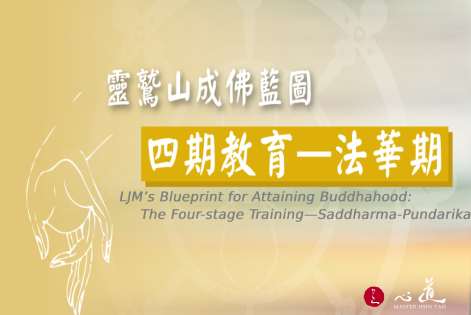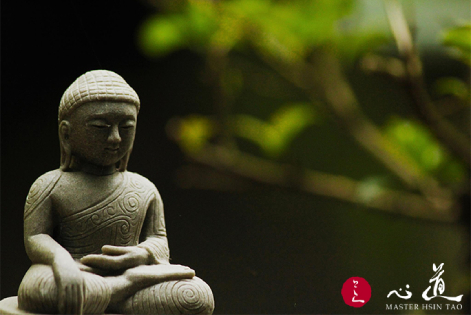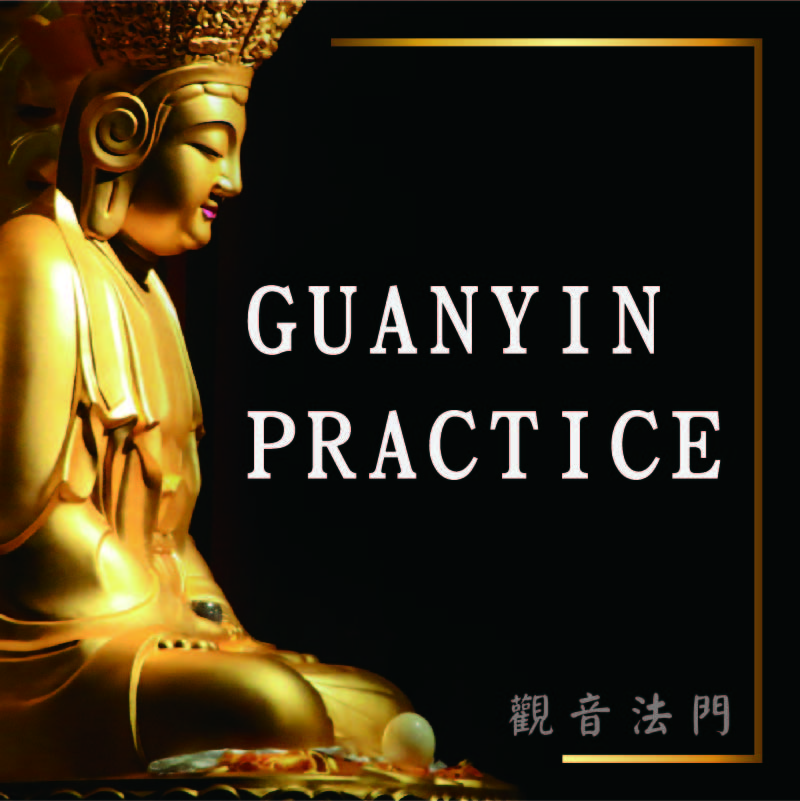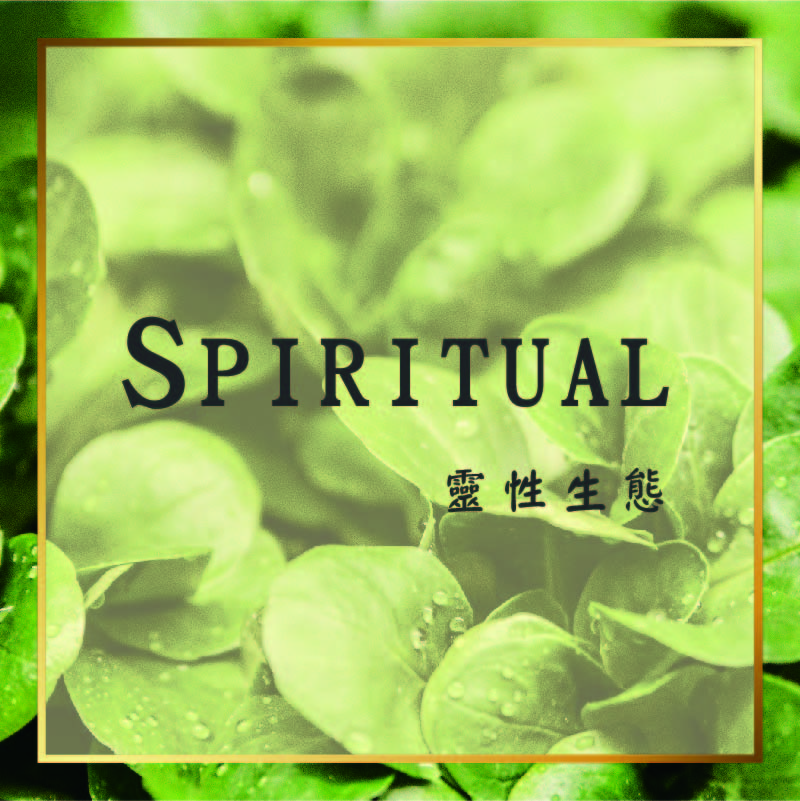
LJM’s Blueprint for Attaining Buddhahood: The Four-stage Training—Agama
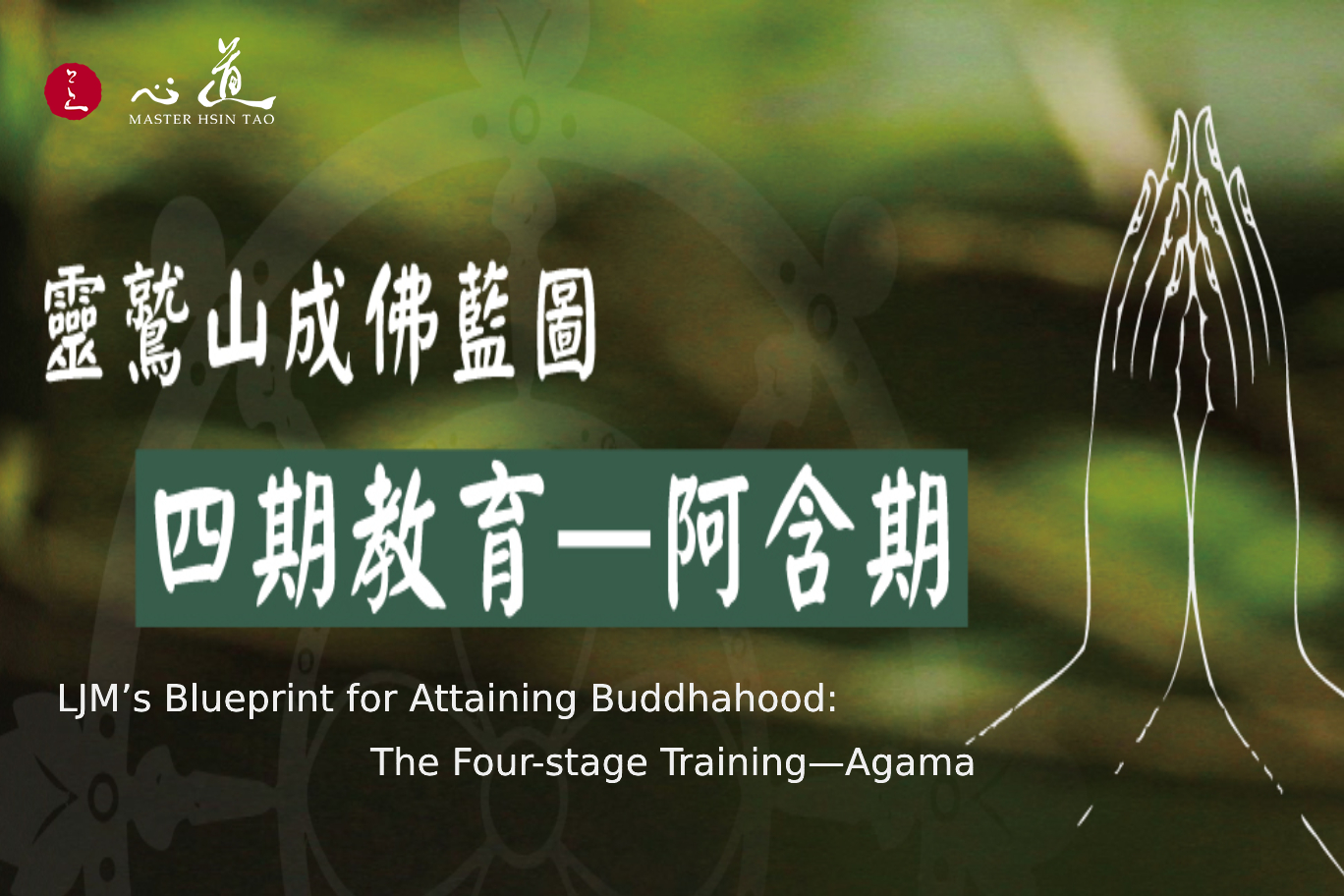 I. Agama Stage (self-disciplinary): Dharma learning, living guidance
I. Agama Stage (self-disciplinary): Dharma learning, living guidance
a) Agama Practice
Awoke to the morning star, a sight that occasioned with his perfect enlightenment – the Buddha turned the Wheel of Dharma for the first time.
Spending a decade in cemeteries, Master Hsin Tao underwent an intense mind training to overcome loneliness and fear during his practice of Dhutangas. Worldly desires, mundane concerns were settled down. By realizing that “abiding as such, taming the mind as such”, the foundation of the path of Dharma practice is therefore solidified.
b) Agama Stage Description
In the sutras of Agama Section, Buddha taught the phenomena and nature of life; ways to be free from the suffering of birth, aging, illness, and death; proper attitude and conduct of living, and more. The transformative progress of mind from mundanity to spirituality was also introduced.
Master Hsin Tao’s prospect for the Agama Stage is to “cultivate virtuous qualities” within individuals through everyday activities. Agama Stage sets the vision and mission in constructing guidelines of living. The primary step in Dharma practice is the Three Higher Trainings of ethical disciplines, meditative stabilization, and wisdom. Wisdom is the resulted fruition of the former two trainings. Agama Stage is the basis of all Dharma learning.
Stage Objectives:
Establishing the vision and mission of Dharma learning.
Familiarizing with the proper way of living in attitude and conduct.
Practicing ethical discipline and meditative stabilization so to develop wisdom.
Nurturing virtuous qualities as an individual.


